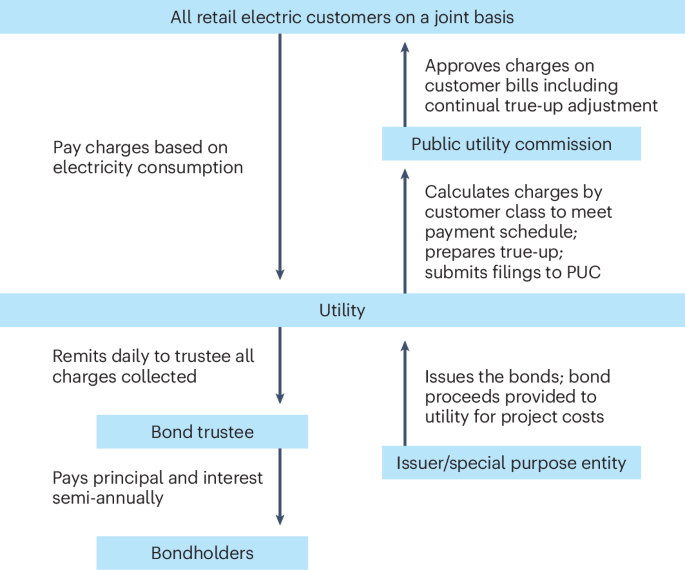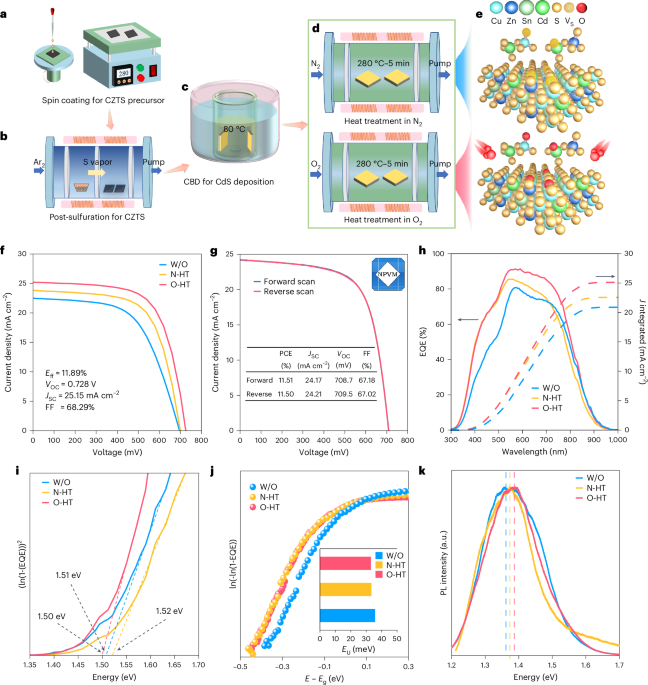Liver gene expression and its rewiring in hepatic steatosis are controlled by PI3Kα-dependent hepatocyte signaling
by Marion Régnier, Arnaud Polizzi, Tiffany Fougeray, Anne Fougerat, Prunelle Perrier, Karen Anderson, Yannick Lippi, Sarra Smati, Céline Lukowicz, Frédéric Lasserre, Edwin Fouche, Marine Huillet, Clémence Rives, Blandine Tramunt, Claire Naylies, Géraldine Garcia, Elodie Rousseau-Bacquié, Justine Bertrand-Michel, Cécile Canlet, Sylvie Chevolleau-Mege, Laurent Debrauwer, Christophe Heymes, Rémy Burcelin, Thierry Levade, Pierre Gourdy, Walter Wahli, Yuna Blum, Laurence Gamet-Payrastre, Sandrine Ellero-Simatos, Julie Guillermet-Guibert, Phillip Hawkins, Len Stephens, Catherine Postic, Alexandra Montagner, Nicolas Loiseau, Hervé Guillou Insulin and other growth factors are key regulators of liver gene expression, including in metabolic diseases. Most of the phosphoinositide 3-kinase (PI3K) activity induced by insulin is considered to be dependent on PI3Kα. We used mice lacking p110α, the catalytic subunit of PI3Kα, to investigate its role in the regulation of liver gene expression in health and in metabolic dysfunction-associated steatotic liver disease (MASLD). The absence of hepatocyte PI3Kα reduced maximal insulin-induced PI3K activity and signaling, promoted glucose intolerance in lean mice and significantly regulated liver gene expression, including insulin-sensitive genes, in ad libitum feeding. Some of the defective regulation of gene expression in response to hepatocyte-restricted insulin receptor deletion was related to PI3Kα signaling. In addition, though PI3Kα deletion in hepatocytes promoted insulin resistance, it was protective against steatotic liver disease in diet-induced obesity. In the absence of hepatocyte PI3Kα, the effect of diet-induced obesity on liver gene expression was significantly altered, with changes in rhythmic gene expression in liver. Altogether, this study highlights the specific role of p110α in the control of liver gene expression in physiology and in the metabolic rewiring that occurs during MASLD.
by Marion Régnier, Arnaud Polizzi, Tiffany Fougeray, Anne Fougerat, Prunelle Perrier, Karen Anderson, Yannick Lippi, Sarra Smati, Céline Lukowicz, Frédéric Lasserre, Edwin Fouche, Marine Huillet, Clémence Rives, Blandine Tramunt, Claire Naylies, Géraldine Garcia, Elodie Rousseau-Bacquié, Justine Bertrand-Michel, Cécile Canlet, Sylvie Chevolleau-Mege, Laurent Debrauwer, Christophe Heymes, Rémy Burcelin, Thierry Levade, Pierre Gourdy, Walter Wahli, Yuna Blum, Laurence Gamet-Payrastre, Sandrine Ellero-Simatos, Julie Guillermet-Guibert, Phillip Hawkins, Len Stephens, Catherine Postic, Alexandra Montagner, Nicolas Loiseau, Hervé Guillou Insulin and other growth factors are key regulators of liver gene expression, including in metabolic diseases. Most of the phosphoinositide 3-kinase (PI3K) activity induced by insulin is considered to be dependent on PI3Kα. We used mice lacking p110α, the catalytic subunit of PI3Kα, to investigate its role in the regulation of liver gene expression in health and in metabolic dysfunction-associated steatotic liver disease (MASLD). The absence of hepatocyte PI3Kα reduced maximal insulin-induced PI3K activity and signaling, promoted glucose intolerance in lean mice and significantly regulated liver gene expression, including insulin-sensitive genes, in ad libitum feeding. Some of the defective regulation of gene expression in response to hepatocyte-restricted insulin receptor deletion was related to PI3Kα signaling. In addition, though PI3Kα deletion in hepatocytes promoted insulin resistance, it was protective against steatotic liver disease in diet-induced obesity. In the absence of hepatocyte PI3Kα, the effect of diet-induced obesity on liver gene expression was significantly altered, with changes in rhythmic gene expression in liver. Altogether, this study highlights the specific role of p110α in the control of liver gene expression in physiology and in the metabolic rewiring that occurs during MASLD.














































































































































































